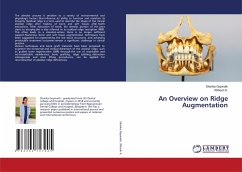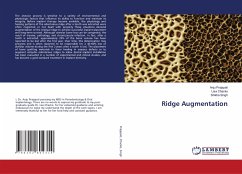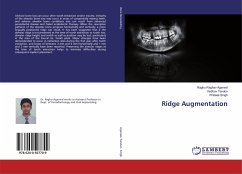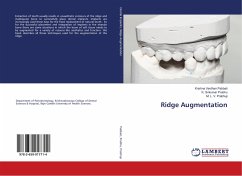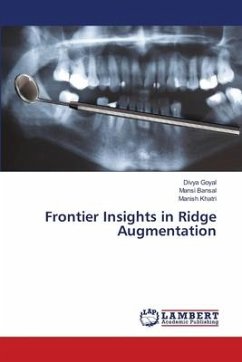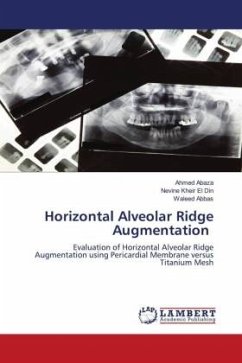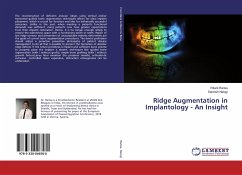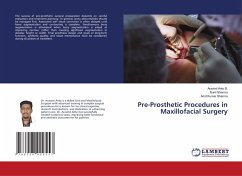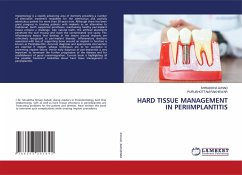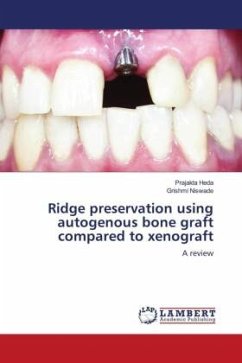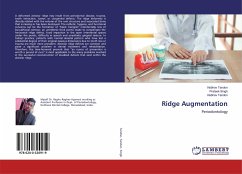
Ridge Augmentation
Periodontology
Versandkostenfrei!
Versandfertig in 6-10 Tagen
47,99 €
inkl. MwSt.

PAYBACK Punkte
24 °P sammeln!
A deformed alveolar ridge may result from periodontal disease, trauma, tooth extraction, tumor, or congenital defects. The ridge deformity is directly related with the volume of the root structure and associated bone that is missing or has been destroyed. The esthetic, hygiene, and functional concerns can be the formation of "black triangles" interdentally, loss of buccal/facial contour, an unesthetic thick pontic made to compensate the horizontal ridge defect, food impaction in the open interdental spaces under the pontic, difficulty in speech and unesthetic gingival texture. In today's pract...
A deformed alveolar ridge may result from periodontal disease, trauma, tooth extraction, tumor, or congenital defects. The ridge deformity is directly related with the volume of the root structure and associated bone that is missing or has been destroyed. The esthetic, hygiene, and functional concerns can be the formation of "black triangles" interdentally, loss of buccal/facial contour, an unesthetic thick pontic made to compensate the horizontal ridge defect, food impaction in the open interdental spaces under the pontic, difficulty in speech and unesthetic gingival texture. In today's practice, patients with normal skeletal pattern who have lost a substantial degree of their original osseous dimensions due to tooth loss or trauma are much more prevalent. Alveolar ridge defects are common and poise a significant problem in dental treatment and rehabilitation. Therefore, the time-honored proverb that "an ounce of prevention is worth a pound of cure" is most applicable to the many problems involved in the successful reconstruction of localized defects that exist within the alveolar ridge.



